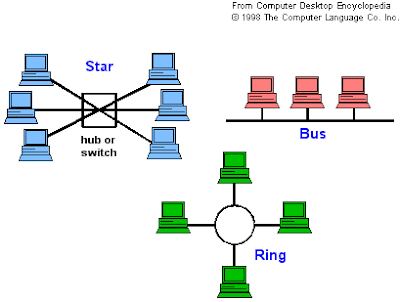10. I get to start my day with a few friendly pokes.
9. I get to add a song to an email if I want, thereby adding another layer of communication strategy on to my note. Again, this is really one-to-one IM. You can’t cc: anyone as far as I can tell.
8. My good friend from college who lives in MALTA just connected with me. Along with skype, Facebook makes keeping up my international friends and colleagues a heck of a lot easier (and cheaper).
7. When I “facebook” with my teenage niece and nephew, I feel ultra cool, and assure myself that I can keep up with the kids.
6. Birthdays are a snap! No additional reminders required.. It’s all right there. I can’t wait until my birthday on Facebook (October 3rd, btw…)
5. A lot of the people I know and work with are there. Not all, but a lot. In addition to working with affiliates, customers, partners, friends and family – I can also meet new colleagues and explore bus dev opportunities.
4. For NOW – it is a lot less ugly than MySpace and has less spam. Let’s see how that evolves. I already saw one flashing, vegas-style ad. Yikes.
3. Groups make life easier for a social butterfly like me: Chris Brogan has been quite prolific on the topic of why he moved Grasshoppers group off Facebook and onto Ning. For that group in particular, Ning rocks. For more amorphous collections and/or events, I think the volume I’ll get on Facebook is the way to go. Example – being a good alumna, I formed groups for my graduating classes for high school and college. I always get pulled into helping with reunions. Facebook will make planning a reunion or other general gathering a lot easier. That is.. if people keep logging in.
2. FEED ME SEYMOUR: It’s all about THE FEED!!! I love the feed. What a good way to quickly scan and see what’s goin’ through the collective consciousness. After all, this is a marketing TOOL. Great for branding, exposure and reach! This topic warrants an entire post. Ask Scoble how many people join groups after he joins them. The feed works.
1. My avatar doesn’t have to fly!






